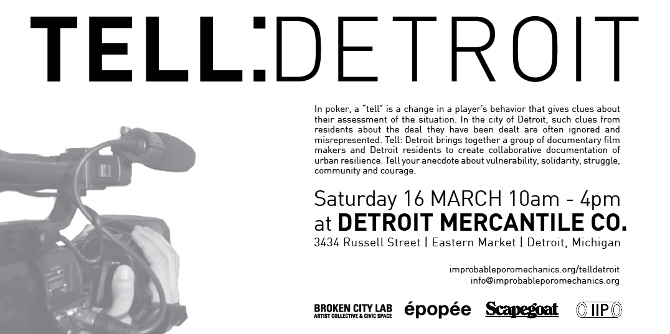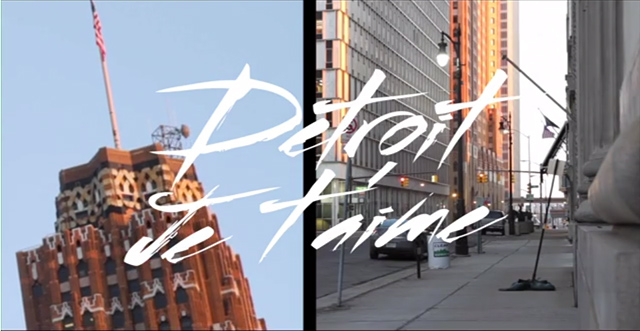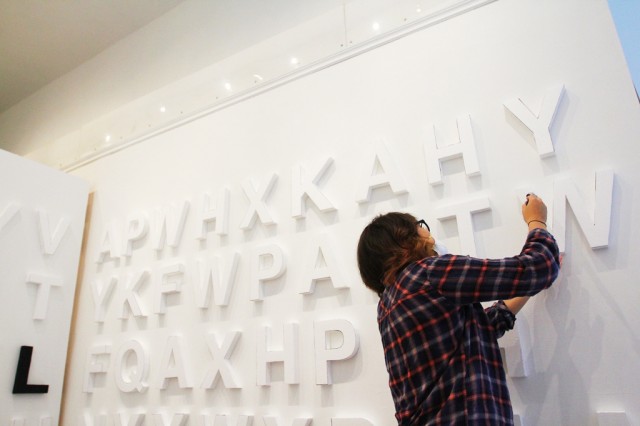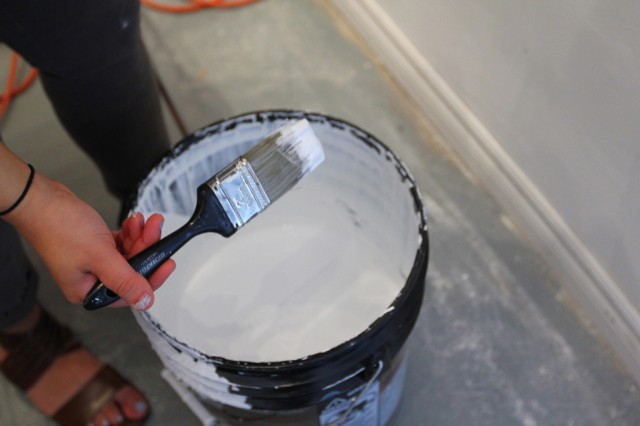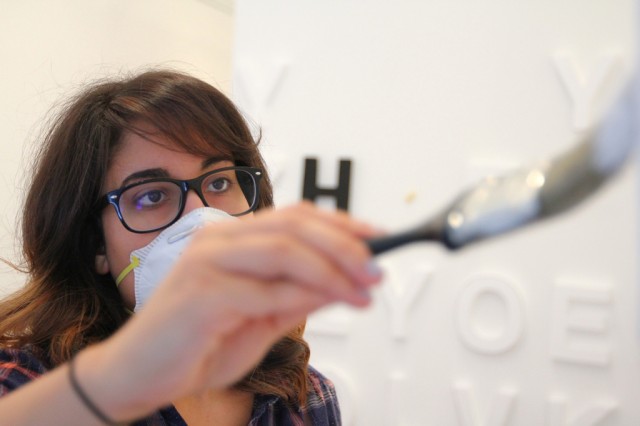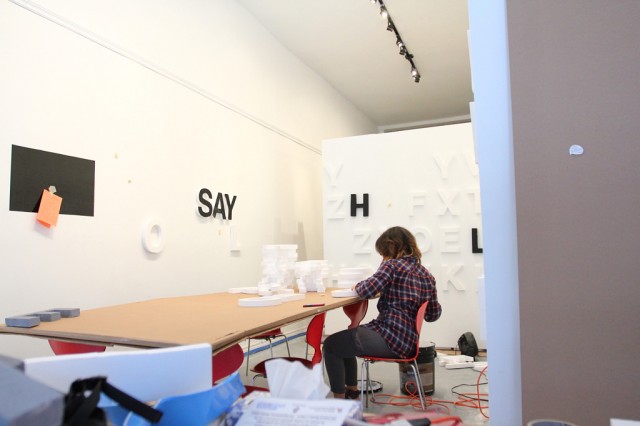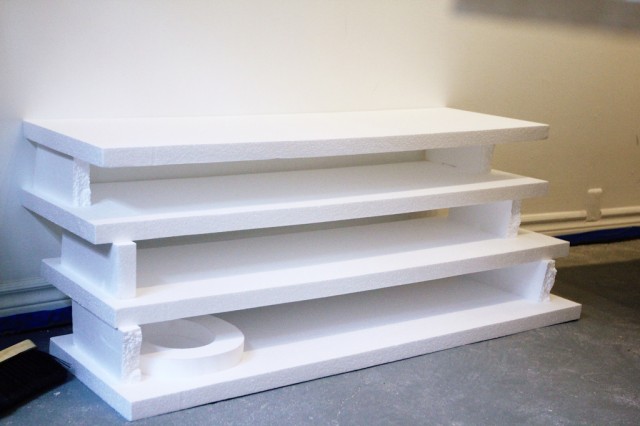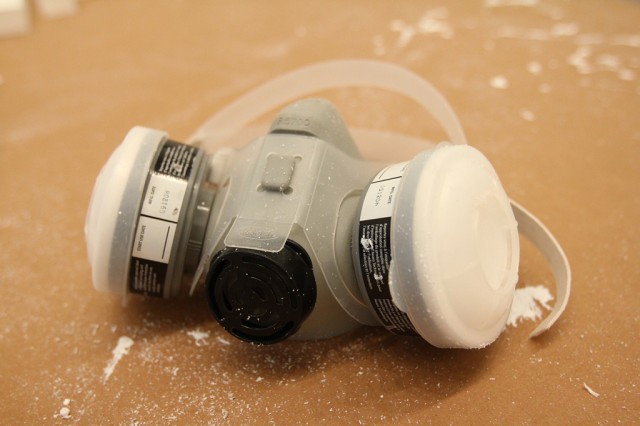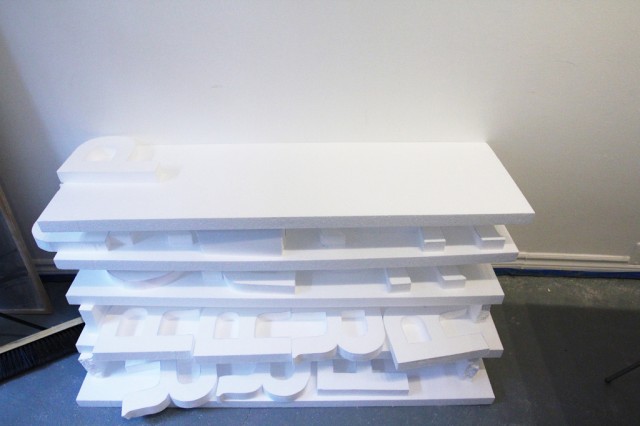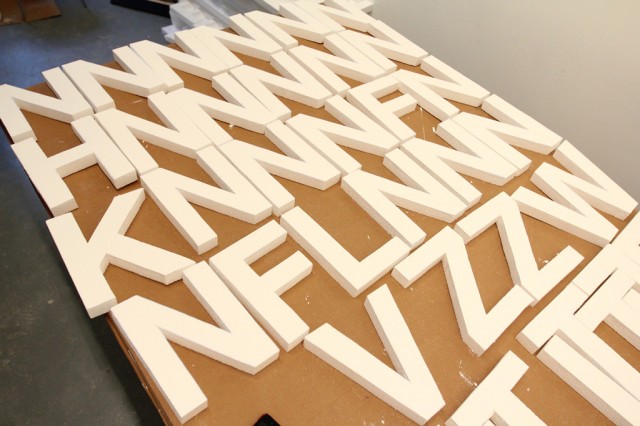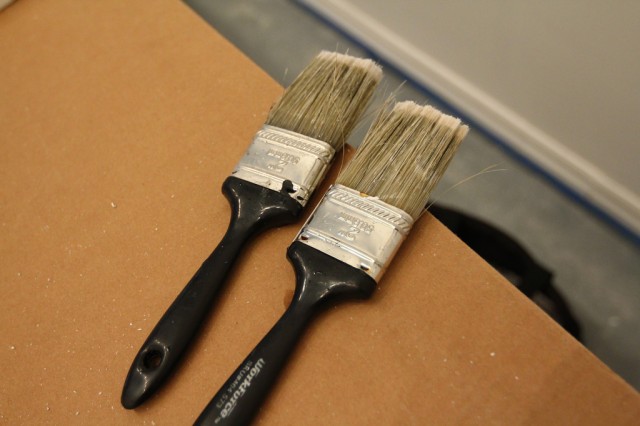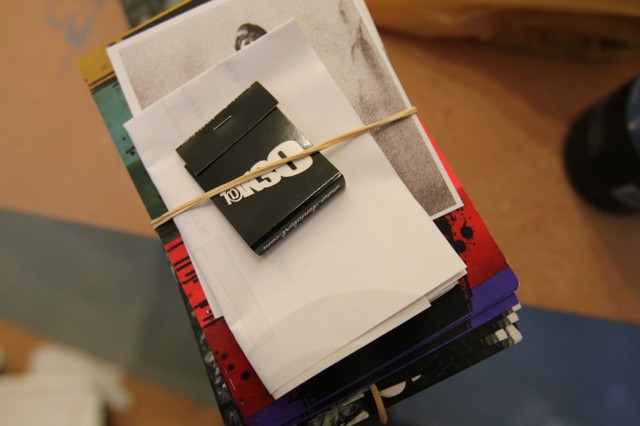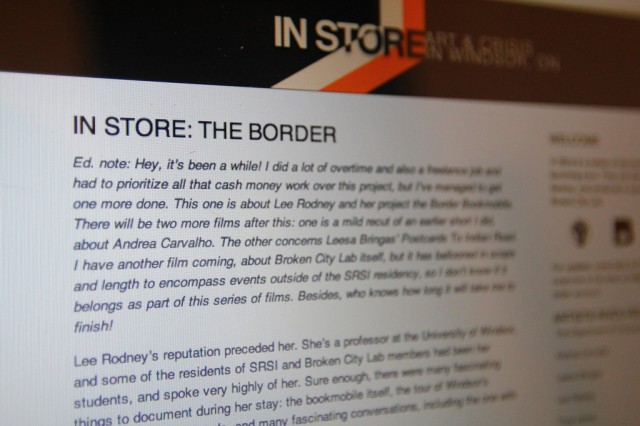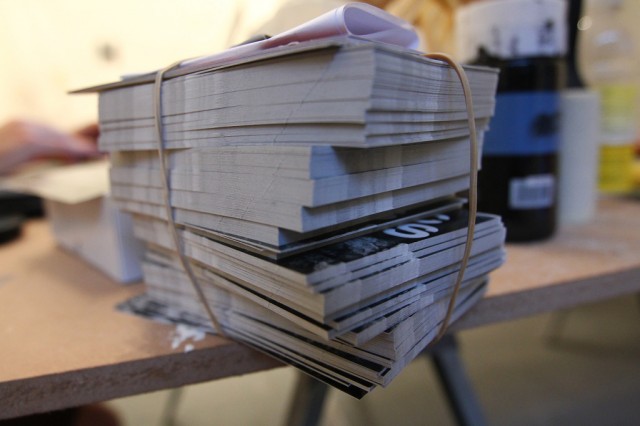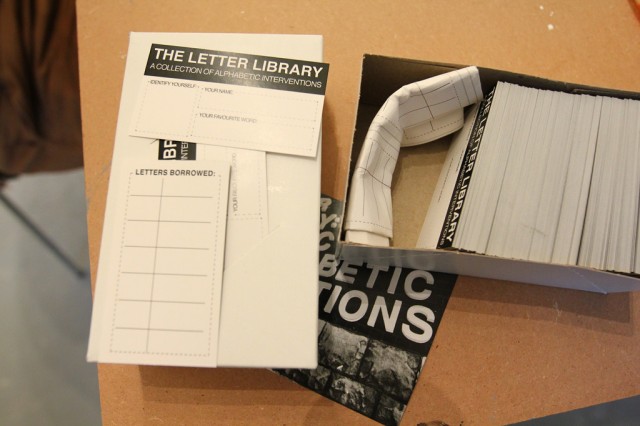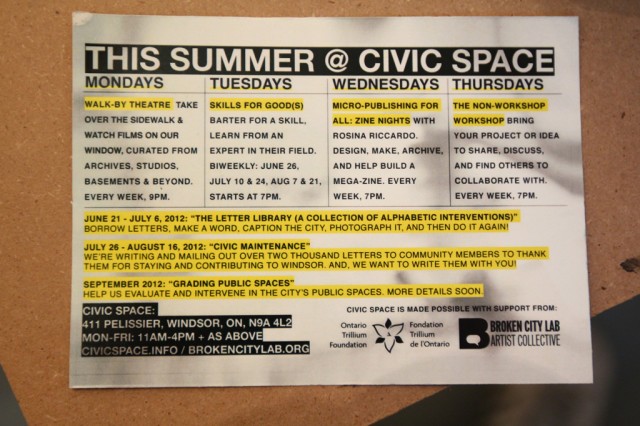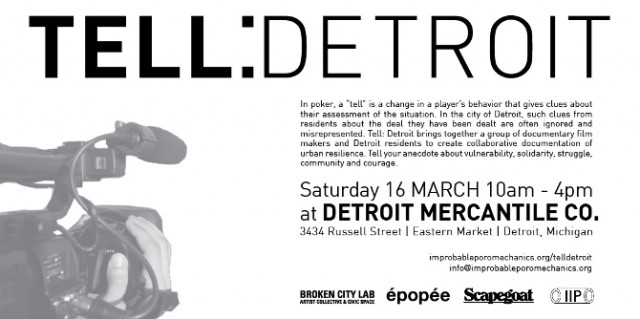
In poker, a “tell” is a change in a player’s behavior that gives clues about their assessment of the situation. In the city of Detroit, such clues from residents about the deal they have been dealt are often ignored and misrepresented. Tell: Detroit brings together a group of documentary film makers and Detroit residents to create a collaborative documentation of urban resilience. Tell your anecdote about vulnerability, solidarity, community, or courage.
Saturday 16 March, 10am – 4pm
at Detroit Mercantile Co.
3434 Russell Street Eastern Market Detroit, Michigan
Download Flyer / Join Facebook Event!
Tell: Detroit brings together a group of documentary film makers and Detroit residents to create a collaborative documentary of urban resilience.
Tell: Detroit will produce an open access, free archive to document the experiences of the people of Detroit following the declaration of the city’s fiscal emergency by Michigan Gov. Rick Snyder on 1 March, 2013.
Anyone can contribute an anecdote to Tell: Detroit. We want to collect and disseminate short stories about vulnerability, solidarity, community, and courage. We are committed to documenting the neglected reality that Detroit is much more than a financial crisis. Tell: Detroit asks what else we need to know, remember, imagine or construct to accumulate different images of the city together?
Tell: Detroit will be filming at the Detroit Mercantile Co. on Saturday, March 16, from 10am – 4pm. Artists, film makers and community activists will greet you and find the right setting for your story. We can record your anecdote in public, in private, on video or audio. Come share your story and be part of this open archive.
For questions, suggestions, or donations, email:
info@improbableporomechanics.org
Because Tell: Detroit is a crowd-sourced archive, we are relying on people to contribute by spreading the word – so, please tell anyone you think would be interested in sharing their stories.
Thanks, and see you at the Detroit Mercantile Co. soon!
Tell: Detroit is sponsored by:
Institute of Improbable Poromechanics—Enthusiasts of Urban Leakage (Detroit)
Broken City Lab—Artist Collective & Civic Space (Windsor)
SCAPEGOAT—A Journal of Architecture, Landscape, and Political Economy (Toronto)
with Producers:
Paige Sarlin (The Last Slide Projector, Buffalo)
Alessandra Renzi (Infrastructure Critical, Milwaukee)
Stephen Zacks (Flint Public Art Project, Flint)
Scott Sørli (Convenience: gallery, Toronto)
Andrew Herscher (Detroit Unreal Estate Agency, Detroit)
